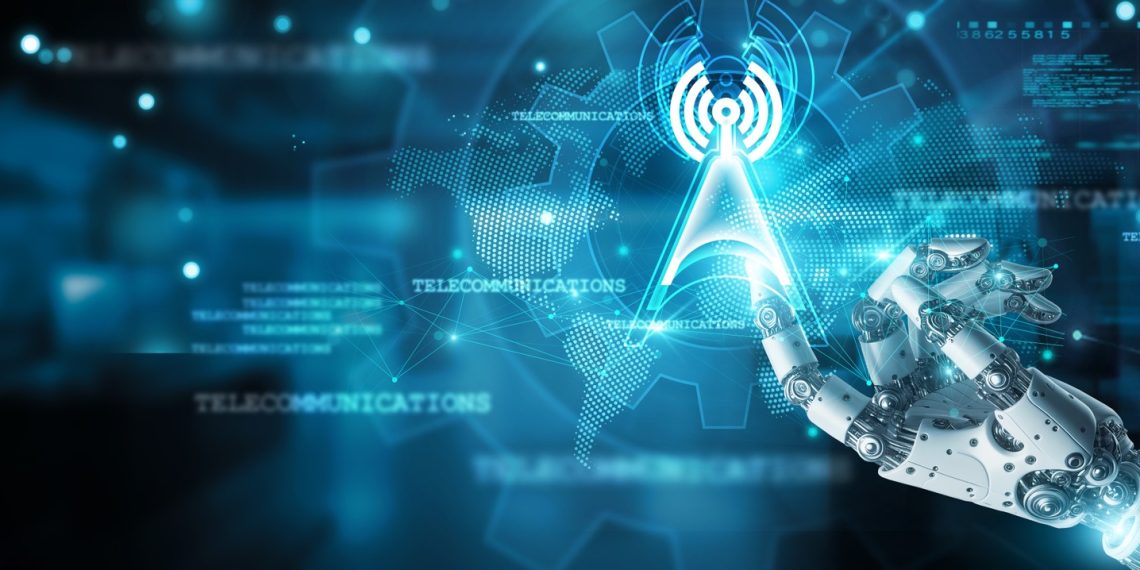Businesses deploying AI are now adopting self-healing systems to maintain model performance and reduce operational costs. Traditional manual monitoring often leads to inefficiency and downtime, but automated AI maintenance is transforming how companies address these issues.
Self-healing AI infrastructure automatically detects and resolves problems like memory leaks, slow predictions, and software conflicts. This automation reduces the need for constant human oversight, leading to fewer disruptions and lower expenses. For example, if a system detects unusual memory usage, it can instantly reallocate resources or clear memory, ensuring continued operation without manual intervention.
With intelligent monitoring, businesses gain real-time insights into system health. These systems use advanced analytics to identify issues before they escalate, supporting faster decision-making and minimizing service interruptions. Automated workflows categorize problems by severity, resolving minor ones instantly and escalating complex cases when necessary. This ensures that critical business processes remain uninterrupted and reliable.
The adoption of self-healing AI brings measurable improvements in efficiency. Companies report up to an 85% reduction in recovery time compared to traditional maintenance. This means less downtime, streamlined operations, and improved cost-effectiveness. Businesses in sectors like finance, e-commerce, and logistics can leverage these benefits to maintain high service levels and quickly adapt to market changes.
Looking ahead, further integration with predictive analytics will allow these systems to anticipate and prevent failures, making AI operations even more resilient. As self-healing mechanisms evolve, businesses will continue to benefit from greater automation, adaptability, and sustained performance.
Automated self-healing AI infrastructure is rapidly becoming essential for companies seeking to scale AI solutions, ensure business continuity, and maintain a competitive edge.









